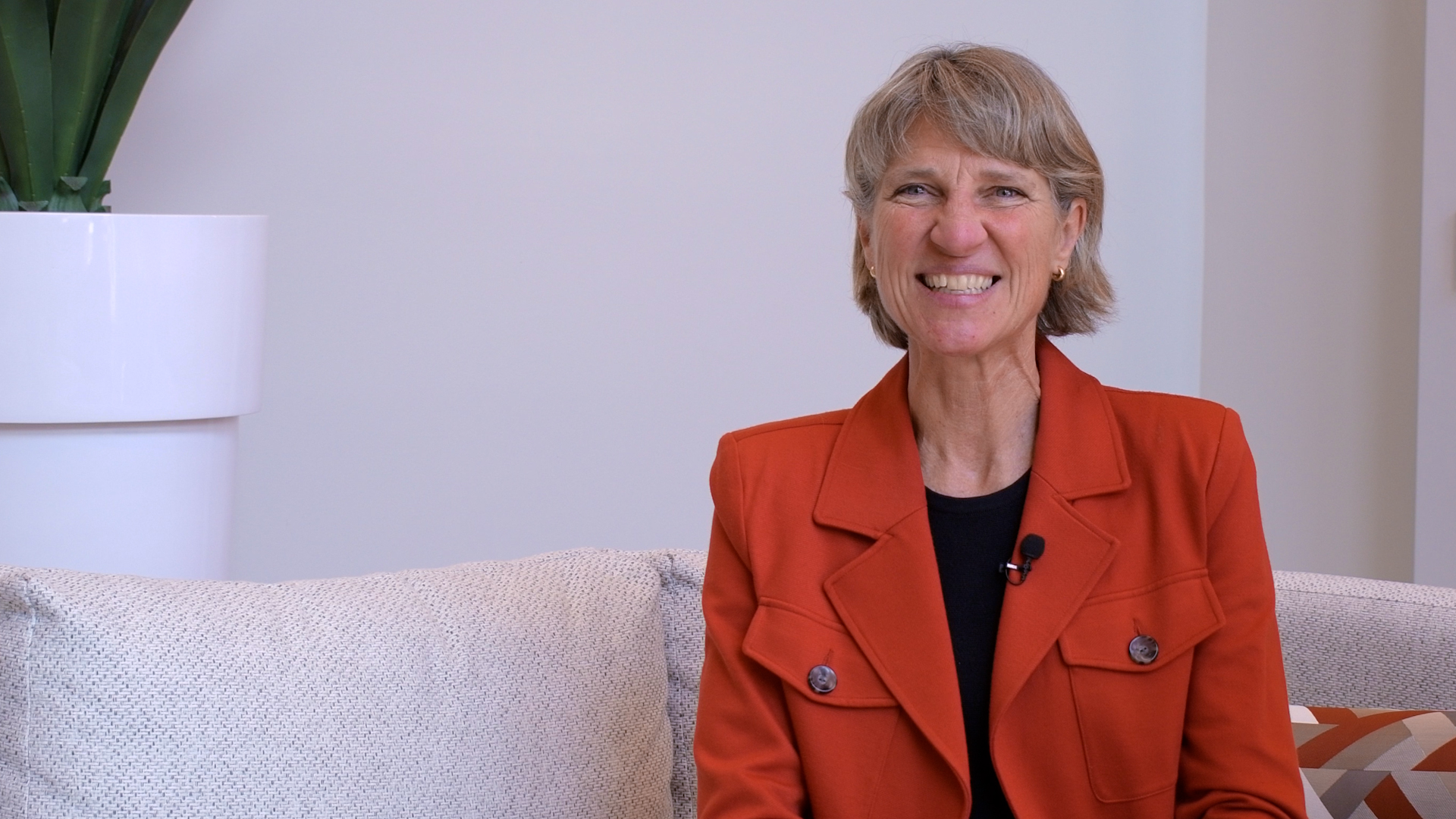Words Matter When Math Teachers Describe Student Learning

Think back to math class in elementary school. Do you remember being assigned to a “high,” “middle” or “low” group? If so, you’ll relate to a new study from North Carolina State University on the importance of how teachers talk about students’ mathematical work.
“Traditional ways that we hear elementary teachers describe student learning in math are based on age, grade level or ability,” says Paola Sztajn, an NC State math education professor and co-author of the study in the American Educational Research Journal. “Teachers talk in terms of what a second grader can do, what a student in the low math group cannot do, whether something may be too difficult.
“The problem with using age, grade level and ability descriptions is that it involves a lot of labels, which can lead to lower expectations and subsequent lower performance for kids,” says Sztajn, the associate dean for research and innovation in NC State’s College of Education. “Using fixed traits to describe students’ learning doesn’t give teachers or students much agency or power to change.”
In reality, students may excel at some but not all parts of math, she says. Or they may not be good at math now but have the ability to learn.
Over a year of professional development sessions, researchers provided 22 teachers at an elementary school in the Southeast with a new framework to describe students’ math work, based on what’s known from recent research on learning trajectories. A learning trajectory factors in students’ prior experiences and opportunities to learn math concepts, and it describes how students progress to more sophisticated mathematics. It helps teachers make careful observations of how students approach problems and describe their mathematical thinking in detail. The goal is to identify what students know and can do as part of figuring out what they need to learn next to move forward.
Elementary teachers who took part in the professional development sessions used a learning trajectory to determine how students understood the mathematical concept of equipartitioning – creating groups or parts of equal sizes – a building block for ratios, fractions and rational number operations.
Researchers tracked teachers’ discussions over the course of the yearlong study to see whether the language they used to described students and their work changed, along with whether they incorporated learning trajectory ideas. Results were mixed.
“What we saw was that teachers learned to use the trajectory and positively changed the ways they talked about age and grade level,” Sztajn says. “Learning about students’ mathematical thinking transformed the language teachers used.”
However, training on learning trajectories didn’t substantially change teachers’ conversations about students’ ability. “Although teachers could better explain what students were doing, they still spoke of students’ math work in terms of fixed characteristics, such as innate ability,” Sztajn says. “It’s a tough finding that showed how hard it is to change the discussion and how pervasive this language of ability is in our schools right now. A stronger intervention is needed if we want to make sure our young students are not being classified as not being able to learn when, in fact, what they may be lacking are opportunities to learn important mathematics.”
The National Science Foundation funded the research, which is now in its sixth year, under grant DRL-1008634. Corresponding author P. Holt Wilson of the University of North Carolina at Greensboro was the co-principal investigator on the study. Other contributing authors are Cyndi Edgington of NC State; Jared Webb of UNC Greensboro; and Marrielle Myers of Kennesaw State University in Georgia.
– ford –
Note: An abstract of the paper follows.
“Changes in Teachers’ Discourse about Students in a Professional Development on Learning Trajectories”
Authors: P. Holt Wilson, the University of North Carolina at Greensboro; Paola Sztajn, North Carolina State University; Cyndi Edgington, NC State University; Jared Webb, UNC Greensboro; and Marrielle Myers, Kennesaw State University.
Published: American Educational Research Journal
Abstract: This study examines teachers’ discussions in a professional development setting to understand the ways in which learning a mathematics learning trajectory may change aspects of their discourse about students as learners. Using mixed methods, we bring together two theoretical frames that use a Vygotskian perspective on learning to analyze professional discussions among 22 elementary grades teachers participating in a yearlong, 60-hour mathematics professional development program. Results indicate that over time, some discursive patterns for explaining students’ academic performance changes to incorporate the trajectory while others remained unaffected. Whereas this change transformed one of the patterns in a way that led to new explanations for student performance, another pattern changed only slightly and was still used to express the same explanations for performance.
This post was originally published in NC State News.
- Categories:


